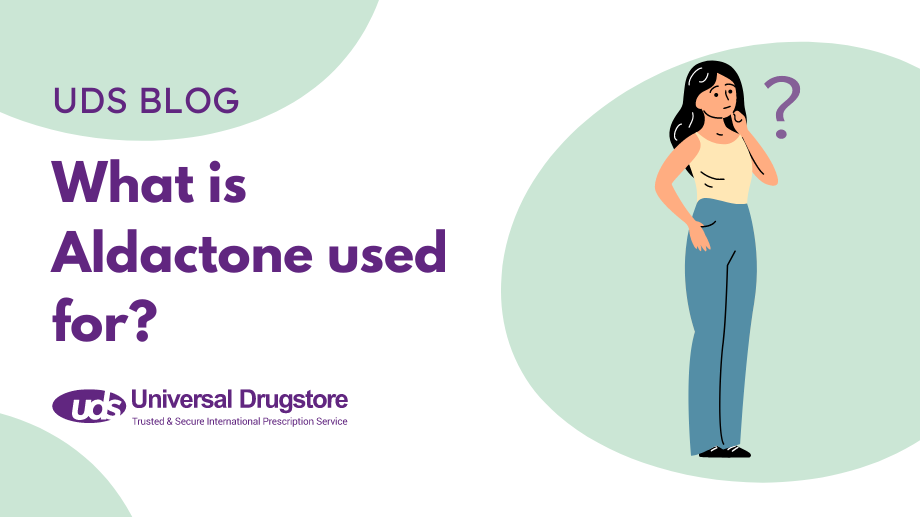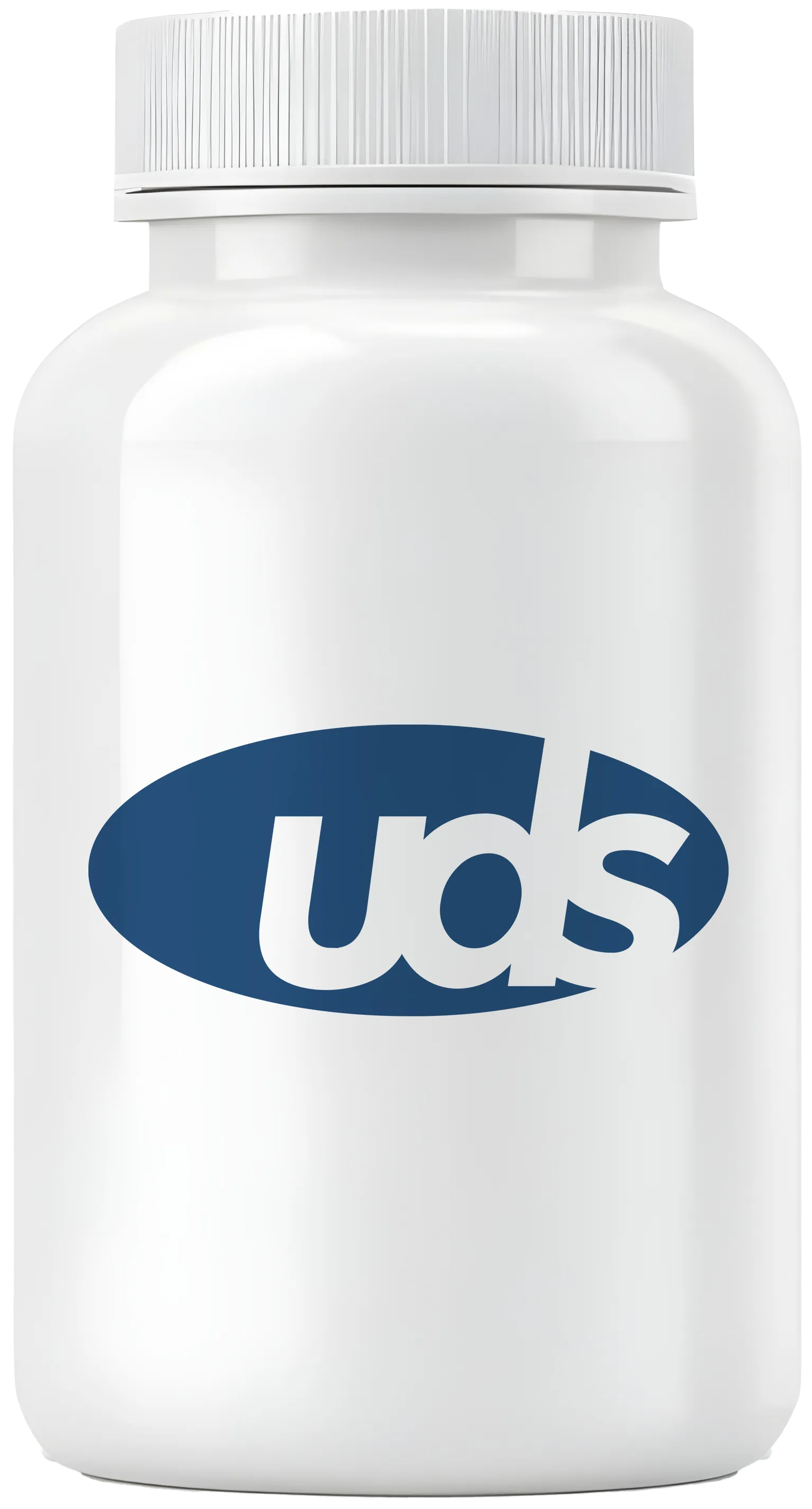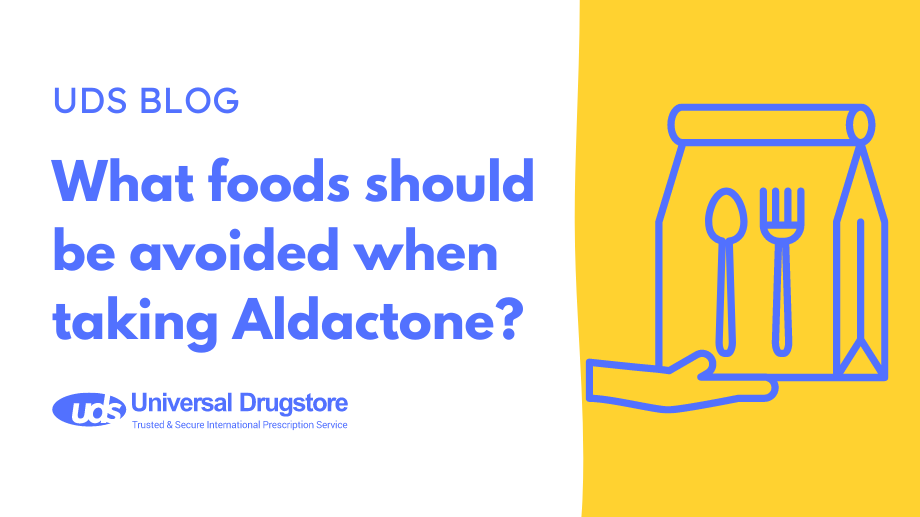What is Aldactone used for?

Aldactone (spironolactone), is a brand-name potassium-sparing diuretics (water pill) that belongs to a class of drugs called aldosterone receptor antagonists (blockers). This means it helps your kidneys remove more fluid and salt from your blood through your urine without losing too much potassium. It works by blocking the actions of a hormone called aldosterone, which helps to reduce fluid retention and lower your blood pressure. It also prevents other hormones, such as testosterone, from binding to their receptors.
It is used to treat a variety of conditions, but most of them are due to swelling caused by heart, liver, or kidney problems. These include:
Heart failure
Aldactone can increase your survival, prevent swelling, and reduce the frequency of hospitalization if you have congestive heart failure. Aldactone treats heart failure by blocking the effects of aldosterone, which helps prevent damage to the heart tissues and improve overall heart function.
The typical dosage for heart failure is Aldactone 25 mg once daily. It is typically taken with other heart failure medications such as ACE inhibitors (lisinopril), ARBs (losartan), beta-blockers (metoprolol), digoxin, and other diuretics (furosemide). Aldactone is not generally used for heart failure on its own.
High blood pressure
Aldactone can also be used for high blood pressure (hypertension). It’s not a first-choice treatment option unless you also have heart failure. But it may help lower blood pressure that is not well-controlled by other medications. Lowering your blood pressure can reduce the risk of strokes and heart attacks. For high blood pressure, you will typically take 25 mg to 100 mg of Aldactone each day.
Low potassium levels
Aldactone also treats low potassium levels (hypokalemia) that are caused by other diuretics such as Lasix (furosemide). Low potassium levels can lead to muscle cramps and heart rhythm problems. Aldactone is unique because it helps your body retain potassium and also lowers your blood pressure. You may take up to 200 mg of Aldactone per day to treat low potassium levels.
Swelling due to kidney or liver problems
Edema is swelling caused by a buildup of fluid in your body. You will usually see signs of edema in your legs, feet, face, or stomach. Certain liver (cirrhosis) and kidney problems (nephrotic syndrome) can cause swelling. Aldactone can help remove fluid to treat this type of swelling. The typical Aldactone dosage for edema ranges from 25 mg to 200 mg per day.
High aldosterone levels
Primary hyperaldosteronism is a condition where you have too much aldosterone. This can cause low potassium and high sodium levels, which can lead to high blood pressure, muscle weakness, and an irregular heart beat.
Non-cancerous tumors are a common cause of this condition and in some cases, surgery is needed to remove them. But Aldactone can also block aldosterone to help treat this condition. It is typically taken for a short time before surgery, at a dose of 100 mg to 400 mg daily.
If you cannot have surgery, or you don’t know the cause of your high aldosterone, you can take Aldactone long term at the lowest possible dosage.
Acne in women
One off-label use of Aldactone is acne in women. The American Academy of Dermatology recommends 50 mg to 200 mg of Aldactone per day to help improve this condition. It works by blocking testosterone, which is a hormone that helps regulate sebum production. Sebum is an oily substance that is made by certain glands in your skin. Too much sebum can lead to acne. By blocking testosterone, Aldactone helps reduce sebum production and therefore acne.
Excessive hair growth in women (hirsutism)
Another off-label use for Aldactone is hirsutism, which is a condition that causes excessive hair growth on the face or body in women. It is typically due to high levels of testosterone. Aldactone helps reduce testosterone production and remove it from your body. This helps lessen hair growth. The recommended dose for hirsutism is Aldactone 100 mg to 200 mg per day.
Polycystic ovary syndrome (PCOS)
PCOS is a condition affecting a woman’s hormone levels, where their ovaries can produce an abnormal amount of androgens. Aldactone is an anti-androgen so it can block the effects of these androgens and reduce symptoms of PCOS. There is no standard dose for PCOS, but it may range from 25 mg to 200 mg daily.
How does Aldactone work?
Aldactone works by blocking the actions of aldosterone, a hormone that regulates sodium and potassium balance in your body. Because of this, your kidneys can remove extra water and sodium. This helps lower the amount of fluid in your blood vessels and other areas of your body. It makes you urinate more without lowering the amount of potassium in your body.
It is also an anti-androgen, which means it stops male hormones, such as testosterone, from working. This makes Aldactone an effective treatment for certain conditions caused by too much testosterone, including primary hyperaldosteronism as well as acne and excessive hair growth in women.
Shop Medications
How do you use Aldactone?
Follow all directions given by your doctor and read all documents provided, including the full prescribing information, FDA-approved product labeling, Instructions for Use, and Medication Guide before using Aldactone. Some basic guidelines for the use of Aldactone include:
- Aldactone is taken by mouth. Your healthcare provider will determine your dose of Aldactone. Take it exactly as prescribed and do not change your dose or stop taking this medication without talking to them first.
- Aldactone can be taken with or without food. If it upsets your stomach or makes you nauseous, try taking it with food.
- If you miss a dose of Aldactone, take it as soon as you remember. However, if it is almost time for your next dose, skip your missed dose and take your next dose at its scheduled time. Do not take double or extra doses.
What are the side effects of Aldactone?
Some less serious and common side effects of Aldactone include:
- Dizziness
- Headache
- Drowsiness
- Nausea
- Hair loss (alopecia)
- Diarrhea
- Vomiting
- Enlargement of male breasts (gynecomastia)
- Stomach cramps
- Lower sex drive
- Breast pain
- Irregular or lack of menstrual periods
- Sexual dysfunction
- Higher potassium levels
- Leg cramps
- Lower sodium levels
Some people can experience serious side effects while using Aldactone that may require immediate medical attention. If you experience any of the following, contact your healthcare provider or seek assistance at your nearest hospital:
- High potassium levels in your blood (hyperkalemia): muscle weakness, a tingling sensation, numbness, trouble catching your breath, racing heart, nausea, chest pain, vomiting
- Other electrolyte imbalances: fainting, muscle cramps, seizures, and irregular heartbeats
- Dehydration and kidney problems: muscle cramps, not urinating as much as usual, nausea, tiredness, vomiting, and swelling
- Serious allergic reactions: skin rash, hives, and swelling of the face, lips, and tongue
These are not all of the possible side effects of Aldactone. You should always seek medical advice from your healthcare provider for any questions or concerns about your medical condition or treatment. Read all patient information, medication guides, or drug information sheets that come with this medication. You can also report adverse effects to the Food and Drug Administration at www.fda.gov/medwatch or 1-800-FDA-1088.
What drugs interact with Aldactone?
When Aldactone is taken with other prescription drugs, over-the-counter medications, vitamins, and supplements, it may change how they work or increase the frequency or severity of side effects. Make sure that you tell your healthcare professional about anything that you are taking, including:
- Do not use potassium supplements or salt substitutes unless recommended by your healthcare provider.
- Medications that may increase the level of potassium in the blood (such as amiloride, cyclosporine, and eplerenone)
- Cholestyramine
- Digoxin
- Colchicine
- Lithium
- Trimethoprim
- Loperamide
- Blood thinners such as heparin or enoxaparin
- Blood pressure medications like benazepril, lisinopril, losartan, valsartan, and other diuretics
- NSAIDs such as ibuprofen, aspirin, and naproxen
Please note that not all possible drug interactions are listed here.
Lab test interactions:
This medication may interfere with certain lab tests (such as digoxin or cortisol levels)
What should you tell your healthcare provider before starting Aldactone?
Before starting Aldactone, you should be sure that your healthcare provider is aware of all your medical conditions, including if you have:
- High blood level of potassium
- Addison’s disease or low adrenal gland function
- Liver disease
- Heart disease
- Kidney disease or have trouble urinating
- An allergy to spironolactone
Can you use Aldactone while pregnant or breastfeeding?
Talk to your healthcare provider if you are already pregnant or if you have any plans to become pregnant. Aldactone isn’t recommended if you are pregnant because limited studies suggest that it can cause harm to your unborn baby. However, having uncontrolled high blood pressure while pregnant may also lead to issues with you and/or your unborn baby. They can recommend an alternative treatment that is right for you.
Talk to your healthcare provider if you are breastfeeding or if you have any plans to breastfeed. This medication passes into breast milk but is unlikely to harm a nursing infant.
Related medications
- Zestril (lisinopril)
- Lasix (furosemide)
- Hydrodiuril (hydrochlorothiazide)
- Inspra (eplerenone)
- Cozaar (losartan)
Sources
- Spironolactone. DailyMed. Accessed June 11, 2024.
- Spironolactone [package insert]. RemedyRepack Inc. Accessed June 11, 2024.
- Aldactone (spironolactone) tablets for oral use. FDA. Accessed June 11, 2024.
- Medications used to treat heart failure. American Heart Association. Accessed June 11, 2024.
- Zaenglein, A. L., et al. (2016). Guidelines of care for the management of acne vulgaris. Journal of the American Academy of Dermatology. Accessed June 11, 2024.
- Cumming, D. (1990). Use of spironolactone in treatment of hirsutism. Cleveland Clinic Journal of Medicine. Accessed June 11, 2024.





